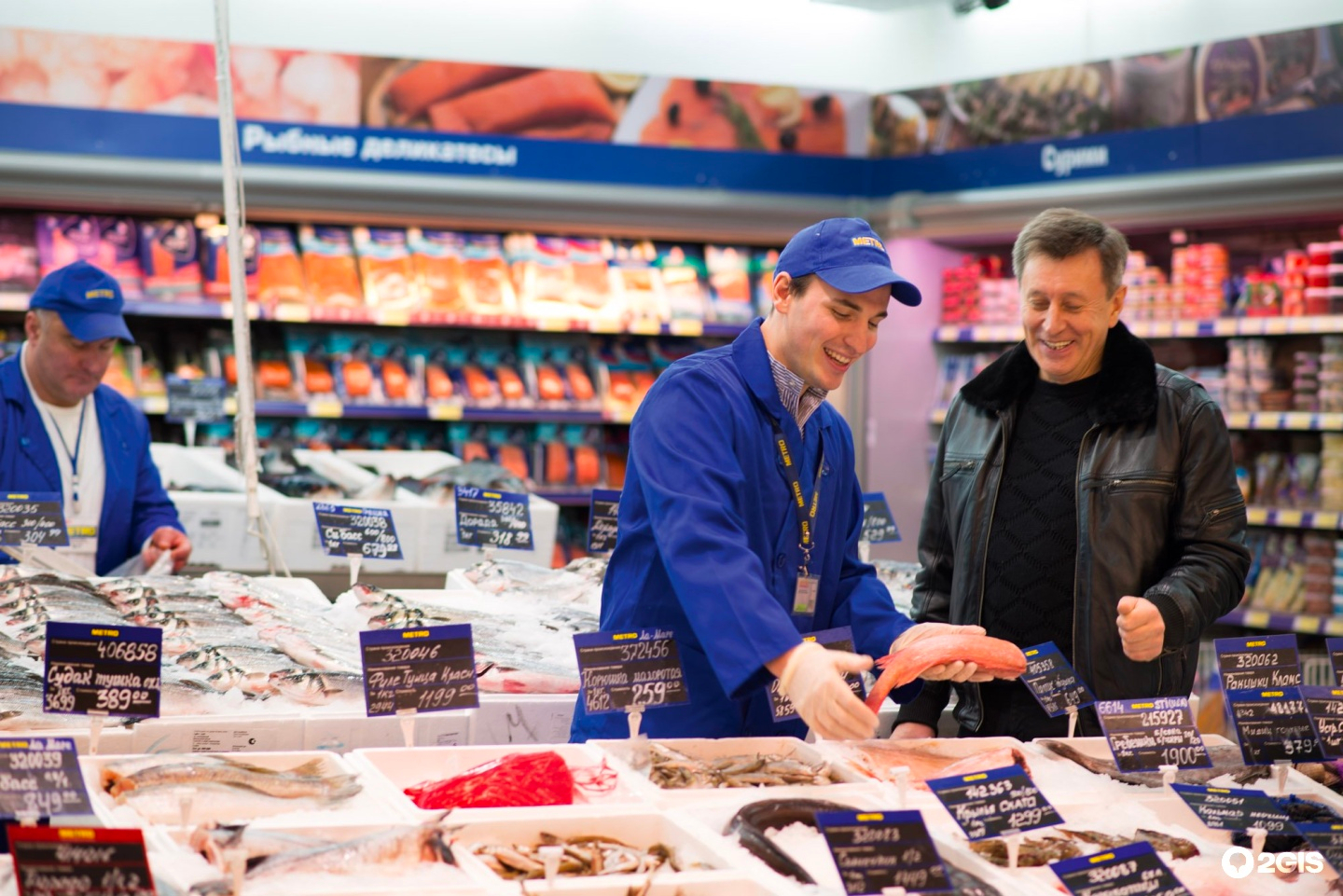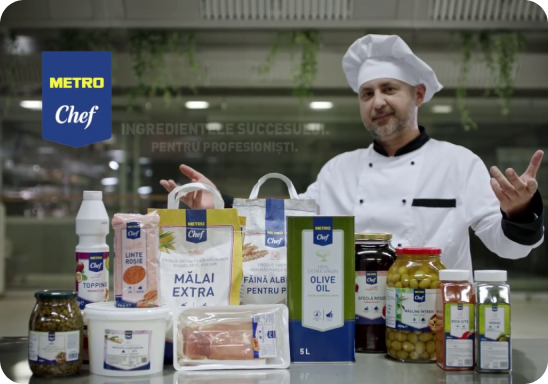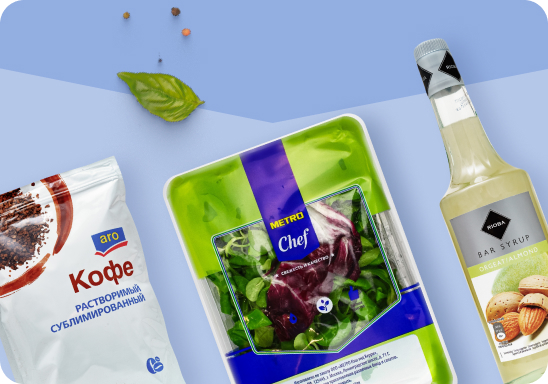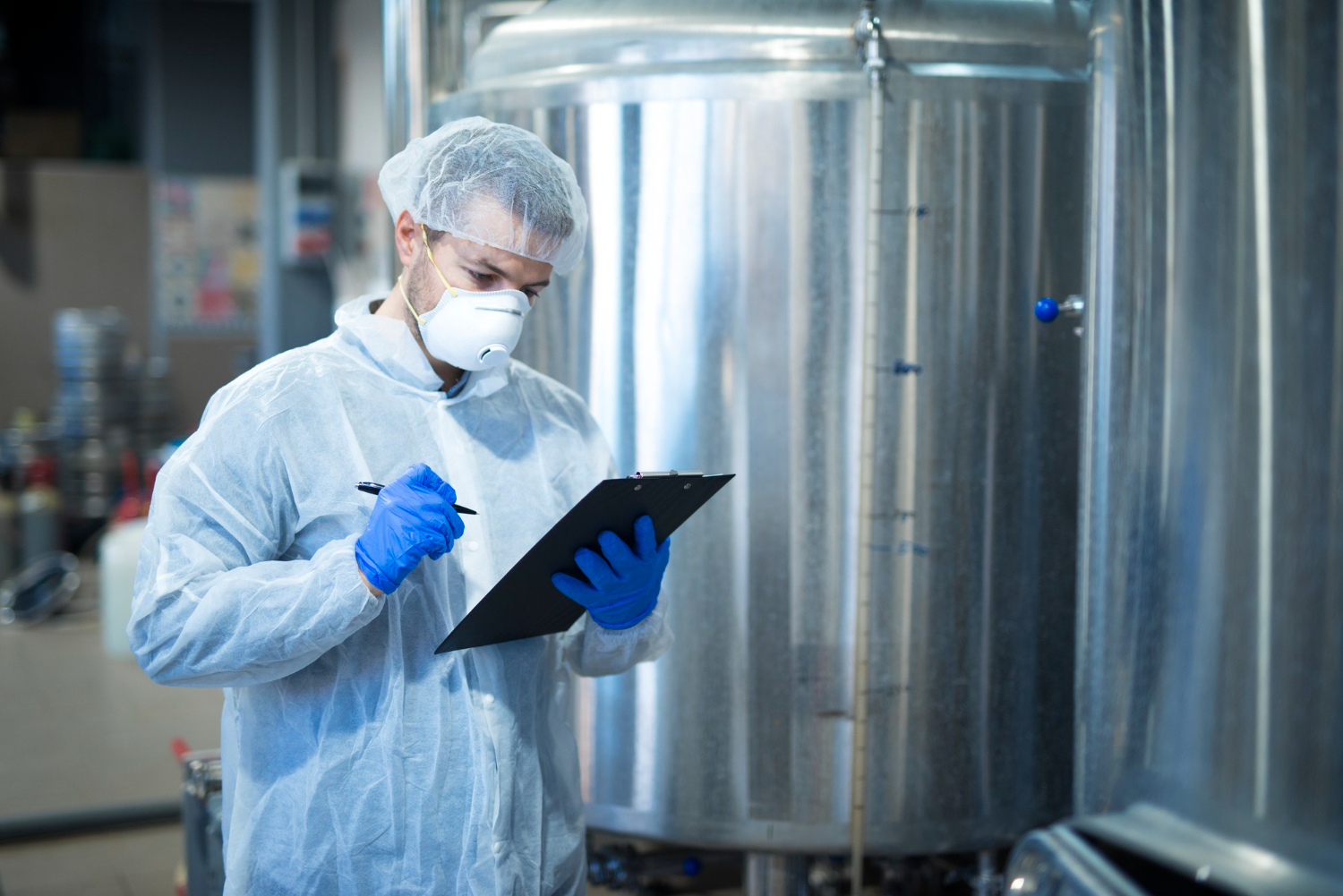Quality control of METRO fish products
Before products reach the shelves of METRO stores, they are being delivered from the supplier to the distribution center, then there is the process of acceptance and quality control, after witch single batches are formed and shipped to the stores. Let’s have a look at how the Fish acceptance platform works in the distribution center.
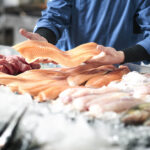
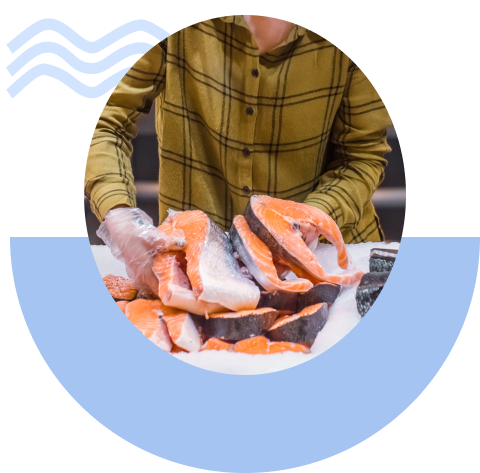
How do we ensure high quality and safety of shipments?
Separate storage spaces are equipped in the Distribution Center for different product groups. Thus, only chilled fish and deli products and seafood are accepted and shipped on the Fish platform. To ensure the quality and safety of shipments, each subcategory has its own days on the platform - chilled and deli products are accepted and shipped on different operational days. Up to 40 tons of chilled and 50 tons of gourmet fish are usually processed on the Fish Platform in one day.
Ensuring the cold chain for fish products is a particularly important issue. On the Fish platform a stable temperature from 0 to +2°C is maintained. For temporary storage of caviar products, there is a separate space with a set temperature of -2 to -8°C.
How and what is being checked?
First of all, the inspector checks the conditions of transportation: after opening the vehicle, the temperature is measured at three points, visual control of the condition of the body and the integrity of the container is carried out. The inspector carefully checks the labeling of the boxes, the remaining shelf life of the products and the accompanying documents.
Large volume batches are checked selectively, according to the rules. In case of non-compliance with the quality requirements, a control of the doubled number of boxes from the batch is carried out.
Attention is paid to all indicators of the fish quality: the eyes, the integrity of the cover, the scales, the quality of flensing, the condition of the gills, the consistency of the fish. Particular attention is paid to marine fish species when controlling for the presence of parasites; there is a special table for it, with highlighting for fillet and abdominal cavity of fish. Live seafood (crabs, oysters, shells) is also delivered to the platform. The state of viability of marine organisms is the main criterion for the control. Therefore, the employees of the distribution center conduct control of all packages with live seafood.
After controlling procedures, the used old ice is removed from the box, and the fish is covered with new clean ice for subsequent shipment to stores. Ice is produced right here in ice generators from clean drinking water.
